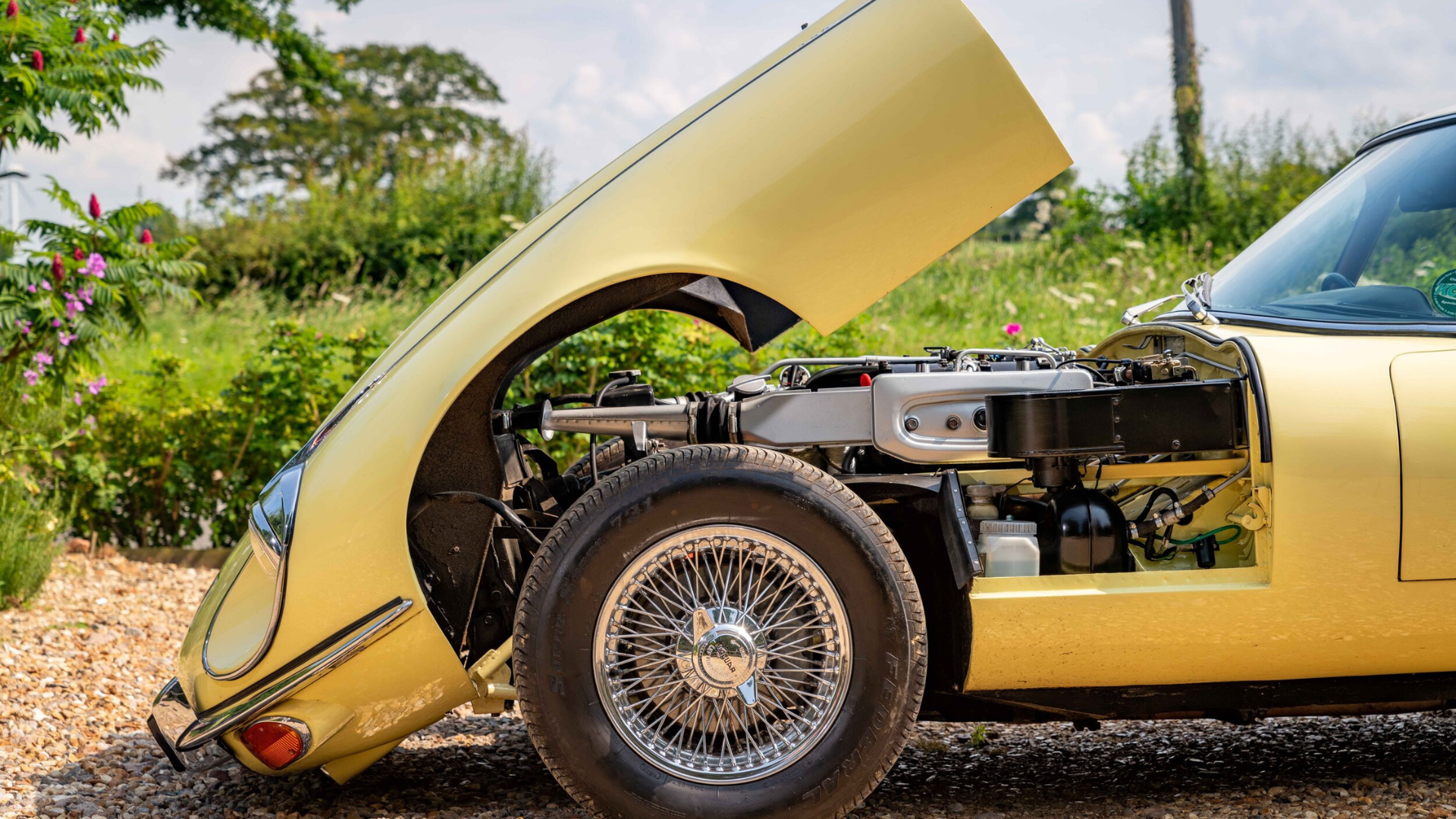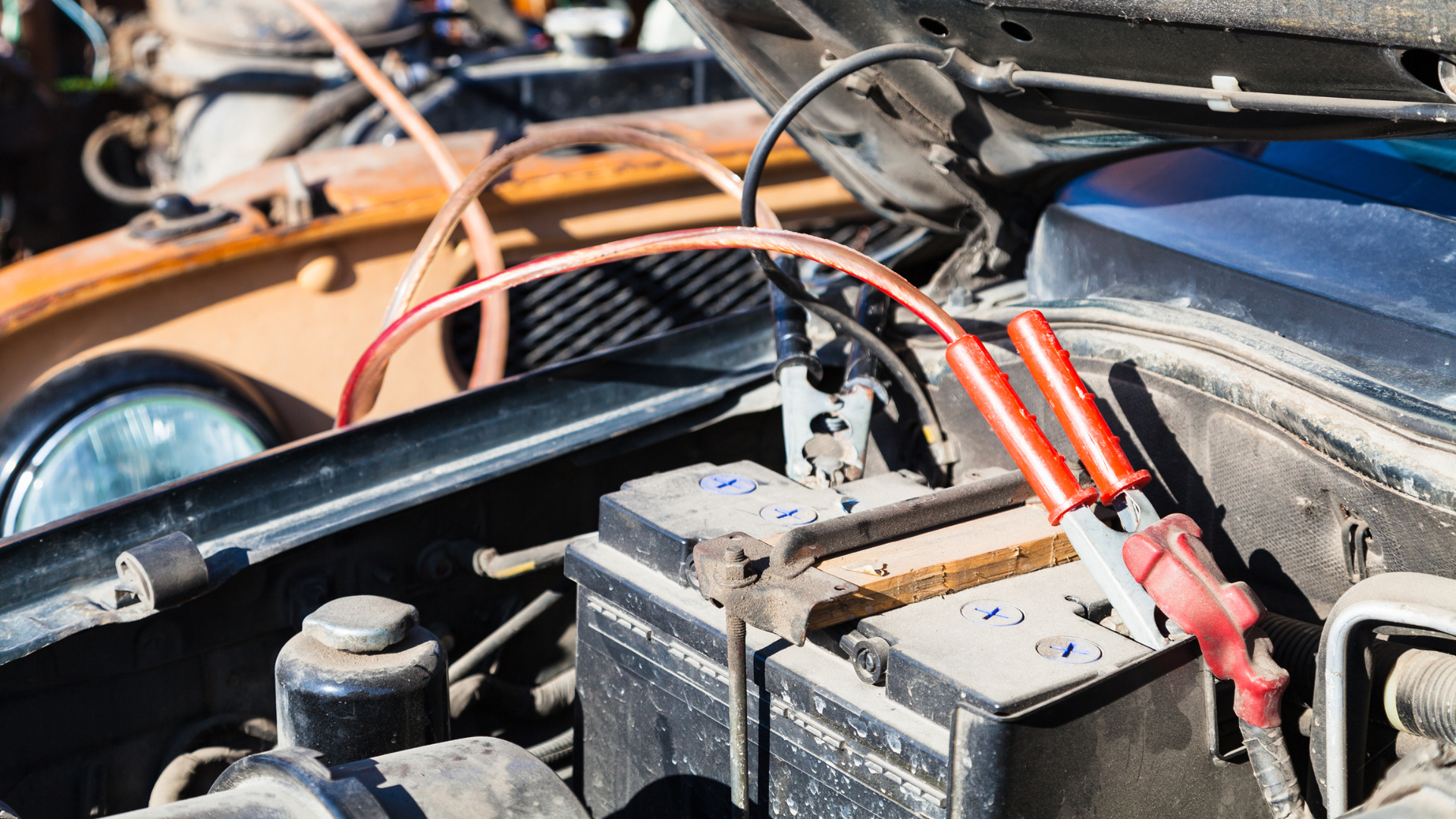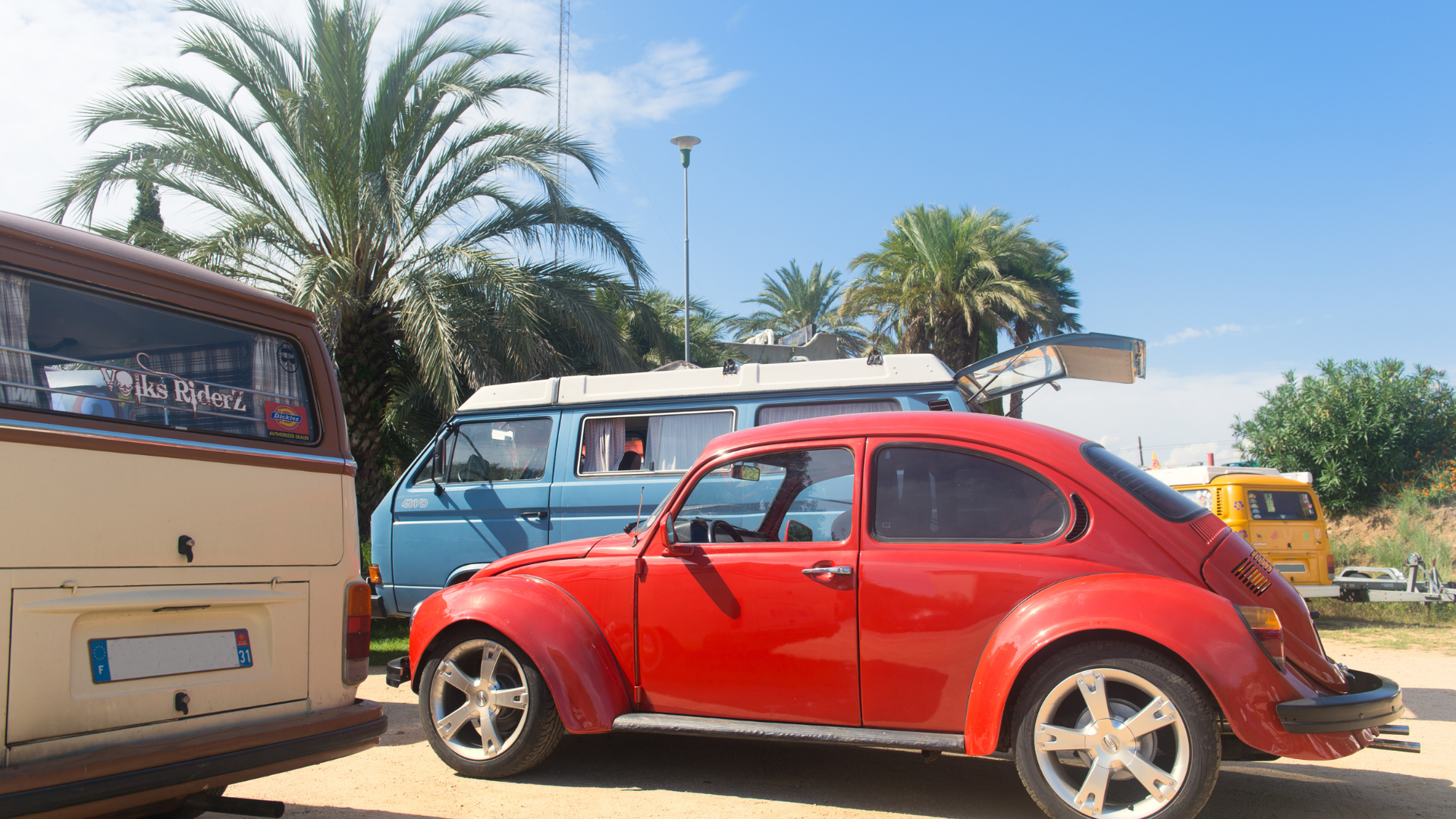While we often refer to classic car restoration as a hobby, it’s more like a project, and not a simple one at that. The amount of work and effort that goes into restoration is frequently underestimated. As well as requiring a lot of time and resources, classic car restoration requires a large level of skill too. While it is possible to restore your classic by yourself, at home, it’s not recommended unless you have a considerable amount of experience.
There are four different types of restoration, these are referred to as:
- Rolling Restoration: The goal with a rolling restoration is to have the car fully functional and operational. This usually includes minor cosmetic adjustments and replacing some of the parts.
- Street Show: The goal with a street show restoration is to have the car in full working order, including repairs to the body work and any major cosmetic problems.
- Show Car: The goal of show cart restoration is similar to street show restorations, but at a higher level and usually requires the input of a professional.
- Concours: This is the highest level of restoration. It includes everything from replacing parts to body work, and it’s usually completed by a professional. Classic cars which are restored to this level are not usually intended to be driven, they are mainly used at auto shows or for use of private collectors.
If you are thinking about taking on a classic car restoration project by yourself, then here are a few things that you should consider:
Cost
Regardless of how well you budget, you will run into unexpected costs which could see you spending a considerable amount more than what you had budgeted for. For example, there may be tools that you need to purchase to complete part of the project, and that tool may only be used one time. It’s highly recommended to have a professional examine your vehicle and estimate a budget for the project, as they will have a better idea of the problems that may arise.
Location
You also need to factor in the costs of a workshop or garage. Unless you already have a large garage or workshop on your property, then you will have to find one in order to keep your vehicle protected from the weather and provide you with the space you need to store your tools and carry out your restoration project.
Safety
There are a lot of safety measures you need to take when restoring a classic car, there will be times when you may need to cut, grind, or weld materials. You need to make sure that your skin is protected from chemicals, heat, and abrasion. You’ll also need to have suitable protection for your eyes when you’re performing any type of job that involves sparks or flying debris. These essential safety precautions will come at an additional cost and should be factored into your budget.
Tools
You will need to purchase a lot of essential but costly tools, including things like grinding tools, welding tools, and cutting tools. Depending on the restoration and the condition of your car, it’s likely that you will need to elevate your vehicle, elevation equipment is very expensive, and if required, could eat into a huge chunk of your budget.
Respray
Respraying can be done at home, but this is more than likely a job that you would want to leave to an experienced professional. The end result of a respray is largely dependant on the preparation work of the surface underneath the paint. Even a few small faults can lead to a flawed and unsightly respray. There are a few things in-particular which can cause problems with paintwork, such as dust particles getting caught in the spray stream (most home garages are dusty places), fibres from clothing can drop onto the paintwork as you perform the respray, the working area could be at the wrong temperature – either too hot or too cold. If you don’t have any experience with respraying a vehicle, then the cheaper option would likely be to use a professional
Time
While classic car restoration is a hobby for most enthusiasts, people still underestimate the amount of time required to complete a restoration project by themselves at home. If you’re dreaming about driving your newly restored classic down the country roads within a few months, then it would be a good idea to have a professional restore the car instead. Someone with little experience could easily spend 12 months or more on a restoration project… there are always unexpected problems which arise.
If you feel confident and have enough experience to undertake a classic car restoration project by yourself, then good luck to you. Be sure to send us some photos of your restoration work throughout your project and we’ll feature them in our blog! If you are looking for a classic car to restore, then head on over to the Classic Cars & Campers Marketplace to see what’s currently available.







Leave A Comment